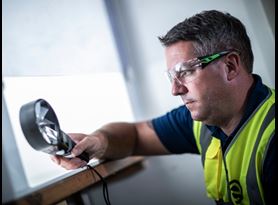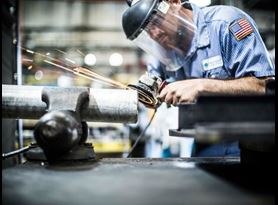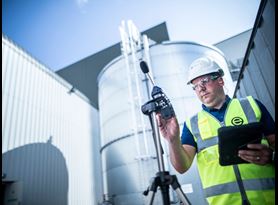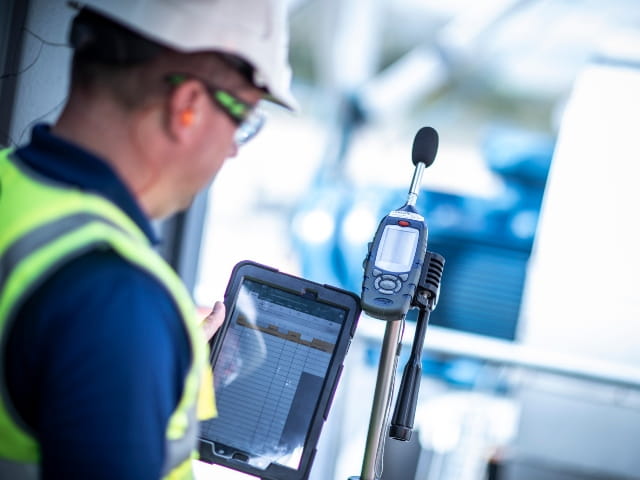Noise in the workplace affects not only employee hearing but also productivity and well being. Damage usually occurs gradually over several years due to prolonged exposure to high noise levels. It may go unrecognized until the noise-induced hearing becomes quite severe, resulting in partial or full deafness.
Element's experts have years of experience in carrying out on-site noise assessments. Assessments undertaken by our UK experts are qualified through the Institute of Acoustics and BOHS, in accordance with the UK HSE guidance L108 "Controlling Noise at Work". Our Singapore experts measure noise pollution in line with NEA (The National Environmental Agency) based on permissible noise limits.
How do you measure noise?
Noise assessment involves a series of measurements using specialist, calibrated equipment. Small hand-held sound level noise meters and small personal 'dosimeters' (DB meters) worn by exposed personnel are used to measure the intensity of the sound in decibels (dB) or dB(A) on individuals as they carry out work.
The technical reports we produce will help you identify your compliance with set noise limits and the Control of Noise at Work regulations. Our noise in the workplace assessment report includes:
- A description of the workplace, including the various working areas, activities are undertaken, and employees involved in the assessment
- Identifying areas where personal exposures exceed the lower or upper action exposure values
- Calculation of daily individual noise exposures (including peak exposure) of the employees
- Details of noise measurements taken during the assessment, a noise map (where appropriate), and identification of hearing protection zones.
Workplace noise monitoring
We offer monitoring and evaluation of noise pollution within the worklplace, including office noise monitoring, factory noise mapping, equipment/engine noise measurement, personal noise monitoring, workplace noise assessments, and boundary noise monitoring.
Noise regulations
The Control of Noise at Work Regulations 2005 requires all employers or operators to undertake a noise at work assessment if an employee is likely to be exposed to excessive levels of noise. Once completed, employers have to take appropriate action to reduce or eliminate the risks. Depending on the level of risk, all employers and operators should consider the following steps:
- Provide your employees with information, instruction, and training
- Provide employees with personal hearing protection
- Carry out regular health surveillance to monitor workers hearing ability
- Do not exceed the legal limits for noise exposure
- Produce a noise control action plan
The Element advantage
Element offers training, gap analysis, and risk assessments to help you implement noise control measures in the workplace.
Please contact us if you have any questions about noise in the workplace or how we can support you in the process of compliance.
“As we are new to noise monitoring processes, Elements' staff guided and supported us.”
G Thyagarajan
Bauer Technologies Far East P/L
Related Services

Workplace Air Monitoring
Element’s highly experienced team of qualified occupational hygienists specializes in delivering a range of workplace air monitoring services for use within a diverse range of operating environments.

Local Exhaust Ventilation (LEV) Testing
Element provides LEV testing services across a range of extraction systems, in accordance with HSG258 guidelines, to help you make certain that the workplace is safe and compliant.

Whole Body and Hand-Arm Vibration Assessments
Element has a track record in delivering hand-arm vibration syndrome (HAVS) and whole-body vibration (WBV) assessments in the workplace to make certain your employees receive the best possible care.

Noise Assessments
Find out how we help our customers to reduce life-changing physical harm such as noise-induced hearing loss or hand-arm vibration syndrome (HAVS) caused by environmental and workplace noise and vibration exposure.

